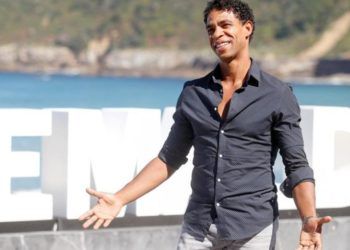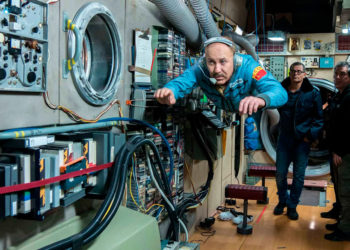Yuli: The return of the prodigal son
When Yuli is premiered in Cuba it will be a resounding success. The movie theater will be full of all kinds of catharsis. And applause. It already happened when it was screened during the Havana Film Festival last December. Because Yuli talks about pain. It is inevitable to indicate the bittersweet feeling left by this island version of A Star is Born. Based on the real story of dancer Carlos Acosta, with a script that is a version of his own autobiography (No Way Home), Iciar Bollaín's film is a sort of initiation story that involves a process of personal growth, professional success, overcoming of social class and resistance to racial prejudices. By the way, the issue of racialism is decisive. Paul Laverty, its scriptwriter, whose affiliation with political issues and class visions is well-known (especially because of his long-standing collaboration with Kean Loach), stressed it as much as he could in his adaptation of those memoirs. Because the drama - almost the tragedy - of Acosta is having been an exceptional black dancer in a school like that of the National Ballet, whose racial prejudices are an overt secret. The slave ancestors’ suffering, which Laverty uses for the context...





